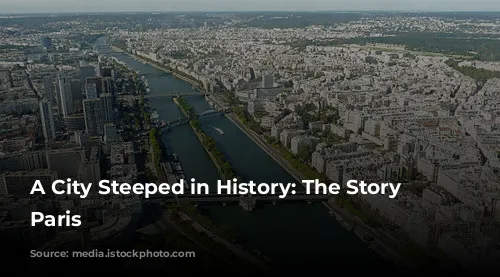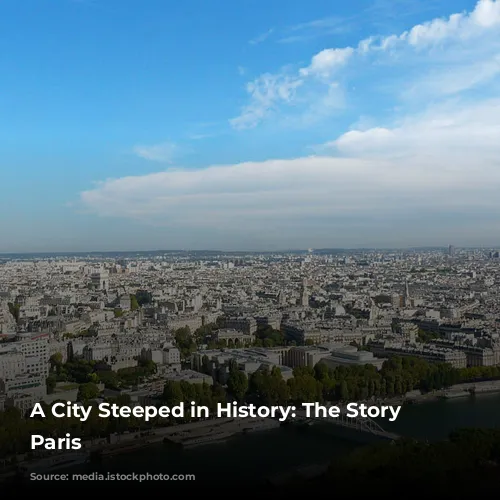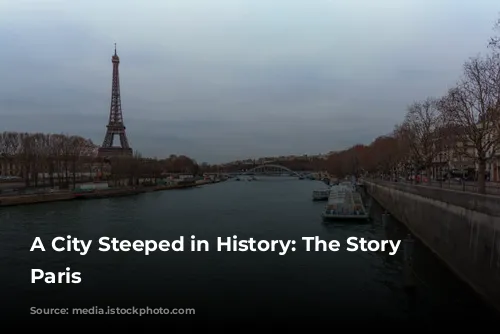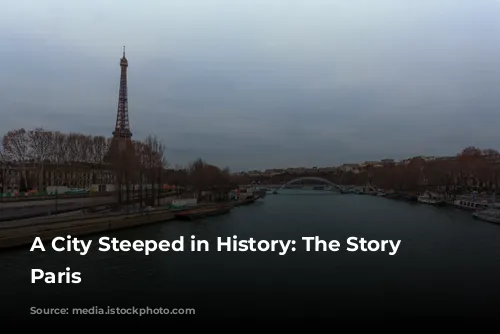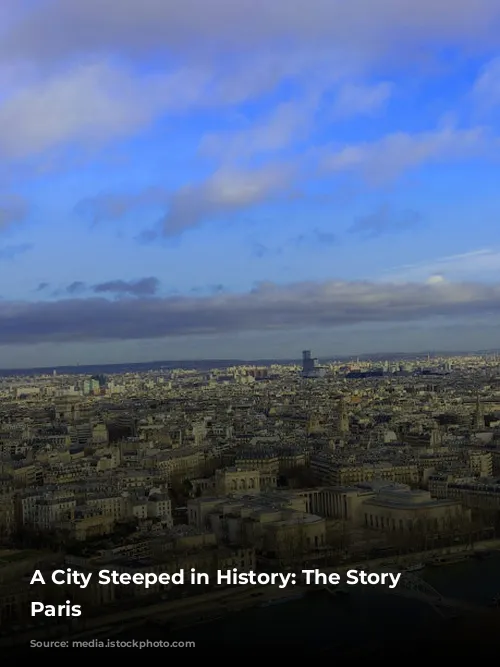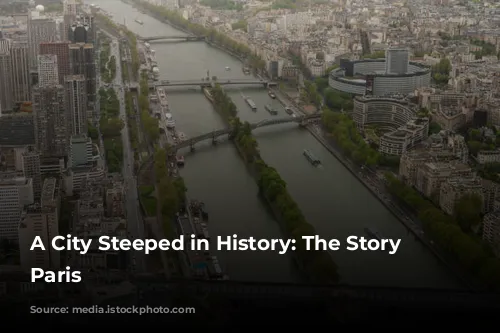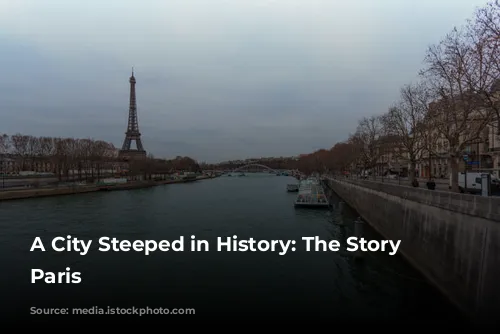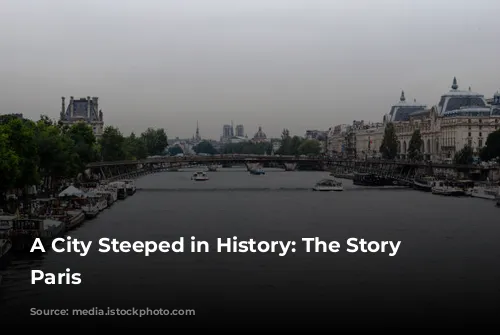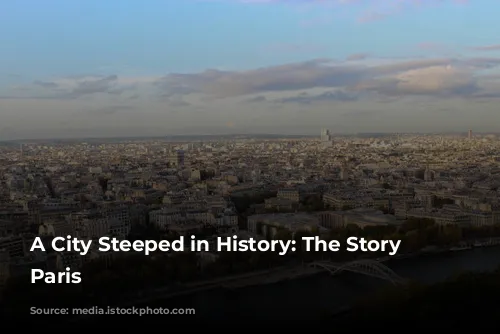Paris, the captivating capital of France, holds a special place in the hearts of many. Nestled in the north-central region of the country, its story stretches back millennia. Evidence suggests people inhabited the area that is now Paris as early as 7600 BCE, drawn to the banks of the Seine River. What began as a settlement on a small island (the Île de la Cité) has blossomed into a thriving metropolis that spills across both sides of the Seine.
Paris enjoys a privileged position at the heart of the Paris Basin, a fertile agricultural region. It is also a central hub within the Île-de-France administrative region, encompassing eight départements. Paris reigns supreme as the country’s most important commercial and cultural center. Its size is impressive, covering 41 square miles within the city limits and 890 square miles when including the surrounding metropolitan area. As of 2020, over 2 million people call Paris home, while an estimated 10.8 million reside within its urban agglomeration.
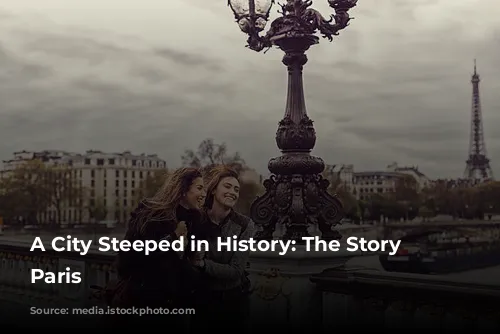
A City of Lights, a City of Influence
For centuries, Paris has been synonymous with prestige and allure, drawing people from around the globe. Its magnetic charm stems from the unparalleled opportunities it offers in business, education, culture, and entertainment. Paris is renowned for its gastronomy, its high fashion, its artistic legacy, its literary tradition, and its vibrant intellectual community. It truly earned the title of “the City of Light” (“la Ville Lumière”) during the Enlightenment, a moniker that still resonates today. Paris remains a beacon for learning and intellectual pursuits, attracting thinkers and innovators from all corners of the world.
The city’s strategic location at a crucial intersection of water and land routes has played a pivotal role in its evolution. In the 1st century BCE, under Roman rule, the Île de la Cité was designated the capital of the Parisii tribe. The Frankish king Clovis I conquered Paris from the Gauls in 494 CE, establishing it as his capital. Under the Capetian dynasty, particularly King Hugh Capet (ruled 987–996), Paris solidified its preeminence and became the political and cultural heart of the emerging nation of France.
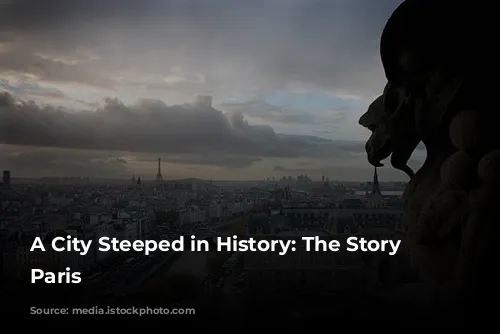
A City of Contrasts: History and Modernity
France, known for its highly centralized government, has always looked to Paris as its powerhouse. This centralized authority attracted talent and dynamism from across the country, further bolstering the city’s preeminence. The Seine River, gracefully flowing through the heart of Paris, plays a vital role in shaping its identity. The river naturally divides the city into three distinct sections: the Île de la Cité, which served as the seat of religious and secular power (the term cité evokes the ancient core of the city); the Left Bank (Rive Gauche), traditionally a hub for intellectual life; and the Right Bank (Rive Droite), encompassing the city’s commercial heart. Although these traditional distinctions have softened over time, they still offer a glimpse into the unique character of each side.
This fusion of diverse functions at the heart of France, later expanding to encompass an empire, created a dynamic environment. However, this vibrancy was often accompanied by turmoil. The struggles for power between various groups often led to violence, both socially and politically, as seen in the tumultuous years of 1358, 1382, 1588, 1648, 1789, 1830, 1848, and 1871.
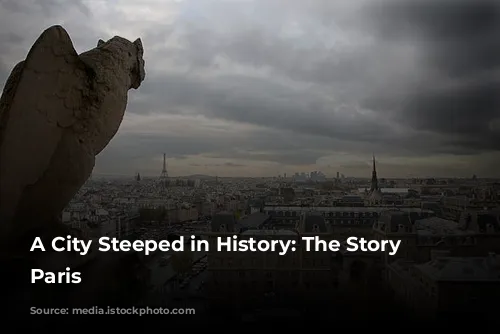
A City of Growth and Expansion
Over the centuries, Paris has grown steadily, maintaining its original circular shape. The city has expanded outward, absorbing surrounding towns (bourgs), often built around monasteries, churches, or markets. From the mid-14th to the mid-16th century, Paris grew primarily eastward, but since then, the expansion has shifted westward. The city is now divided into 20 arrondissements (municipal districts), each with its own mayor, town hall, and distinct characteristics. These arrondissements are numbered in a spiral pattern, starting at the heart of Paris and ending in the far east. Parisians often refer to their arrondissement by its number, using terms like “premier,” “deuxième,” and “troisième,” among others.
The challenges of urbanization – immigration, housing, infrastructure, public services, suburban growth, and zoning – have shaped the vast urban agglomeration that Paris has become.
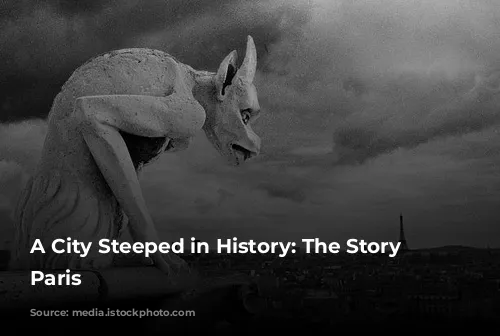
A City of Greenery and Parks
Paris, situated in the Île-de-France region, is a city of rivers and forests. The Seine, Oise, and Marne rivers flow through the region, while the surrounding forests of beech and oak act as the city’s “lungs,” purifying the air of this heavily industrialized area. Despite its urban sprawl, Paris remains surprisingly compact, with no point in the city more than 6 miles from the square in front of Notre-Dame Cathedral.
The city sits within a depression carved out by the Seine, with hills surrounding it. This topography dictates the city’s layout, with the highest point being Montmartre at 430 feet in the north, while the lowest point sits at 85 feet in the Grenelle area in the southwest. The Seine River flows through the heart of Paris for about 8 miles, traversing 10 of the 20 arrondissements. The river enters the city at the southeast corner, flowing northwest before gradually turning southwest and exiting the city at the southwest corner. This change in direction has led to the adoption of the terms Right Bank and Left Bank, based on the direction of the flow (when facing downstream).
Paris is known for its well-maintained green spaces, with trees lining the streets and numerous parks, gardens, and squares dotting the city. Many of these green spaces were once royal hunting grounds on the city’s outskirts. Under Napoleon III, inspired by London’s parks, two royal hunting preserves were transformed into “English” parks – the Bois de Boulogne in the west and the Bois de Vincennes in the east. During his reign, Napoleon III also created a network of promenades and gardens. In the late 20th century, under Mayor Jacques Chirac, the municipal government embarked on a mission to create new parks, a trend that continues into the 21st century. One notable example is the Promenade Plantée, a partially elevated parkway built on a former railway line and viaduct in the 12th arrondissement. This innovative park, completed in 1994, was the world’s first elevated park and the first “green space” constructed on a viaduct, inspiring other cities to follow suit.
This remarkable park stretches for 4.5 kilometers from the Opéra Bastille to the Bois de Vincennes. Beneath the elevated portion, the Viaduc des Arts, along Avenue Daumesnil, houses unique commercial establishments within its former archways.
Paris, a city steeped in history, culture, and beauty, continues to enchant the world with its timeless charm, its dynamic spirit, and its unwavering allure.
